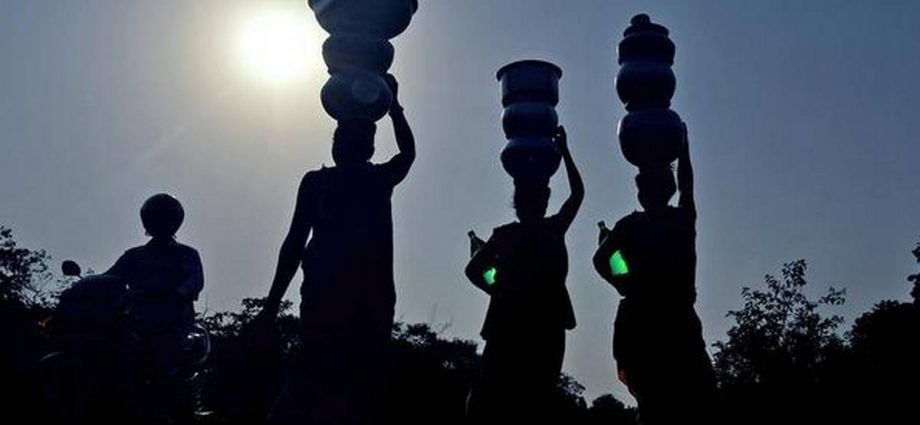On the World Water day, water problems in India has not sunken yet. When most part of the country thrive for drinking water, an estimate of 125 million of water is wasted daily. And nearly 200,000 people die every year due to lack of proper drinking water.
The Niti Aayog in its composite water management index 2018 has reported that water crisis will surge adversely if sufficient measures are not taken. The report signifies that in 2050 water demand will rise to 1,180 Billion Cubic Metres, which will still be shorter to meet the actual demand. Currently, more than 600 million people are facing acute water crisis in India. The 2018 study also stated, 75 percent of household do not have drinking water on premises and 84 percent rural household do not have access to piped water service. Out of 6,49,000 villages, only 40,000 have tap water connectivity. In West Bengal only 2 percent of have access to fresh drinking water at their homes.
The Ministry for Urban Housing Affair in 2019 had also notified that about 17 percent of the cities and towns in the country face water shortage. Among the states, Tamil Nadu had topped the list following Rajasthan, Uttar Pradesh, Madhya Pradesh, Delhi, Punjab and Haryana. Ascertaining the seriousness of water emergency in the country, the Central government initiated the ‘Jaal Jeevan Mission’ to identify the water scare pockets and restore unhindered water pipeline services for every household.
Current Position of Jal Jeevan Mission
Launched on August 15, 2019, Jal Jeevan provided water connections across 5,62,68,402 (29.59%) areas. One crore household have been benefitted with tap water connections to boost daily requirements. Seven million Arsenic and half a million Fluoride contaminated areas are receiving treated drinking water on a daily basis. Under Jal Shakti Abhiyan, 122 small and big projects are underway for treatment and rejuvenation. Moreover, 152 sewage infrastructure is getting developed for creating 4.86 billion litres of water treatment in Ganga. Out of 18.93 crore rural households, 4.60 crore households have already benefited within a year. Bihar is amongst the profitable states wherein, incorporating 1.03 million water connections throughout the rural belt.
Over the years, various dynamics of the country has certainly changed. But what is left behind are the fulfilment of basic necessities that still haunt human lives. The right to access fresh drinking water is a persistent challenge, even after seven decades of electoral government.
Rituparna Dutta

